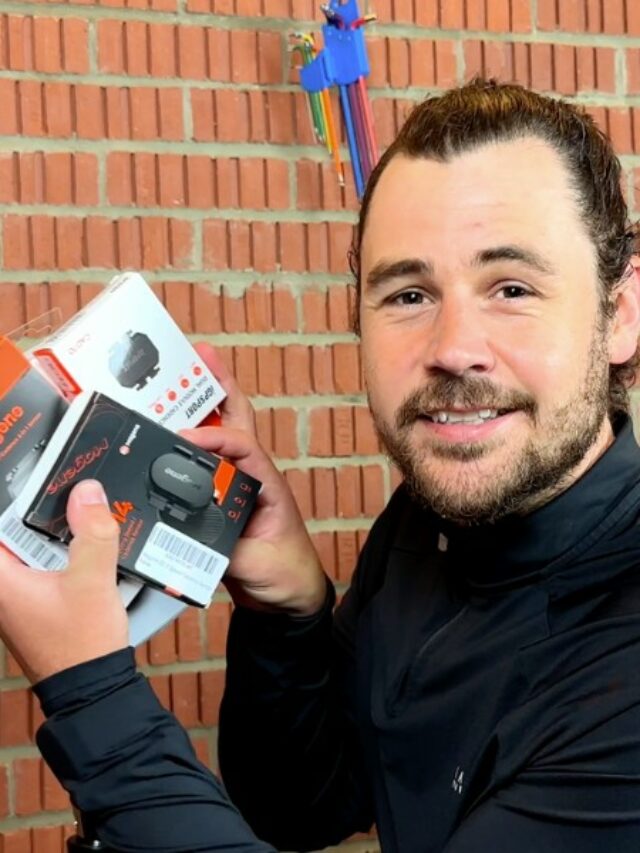
CPT & Indoor Cycling Instructor
One thing that makes cycling challenging for many of us is that it can be difficult to do it all year round. It’s a huge amount of fun in summer going out in shorts and not needing to worry about extra layers, but in winter, this is a completely different story. Base layers, arm and leg warmers, fleece-lined jackets, and thick gloves make riding uncomfortable and difficult at times. You also have fewer daylight hours, rain, ice, and big temperature changes.
Many of us cyclists turn to the turbo trainer. If you’re unsure what a turbo trainer is, this is a device you can put your bike on and replicate riding. There are two main types of trainers you’ll have to choose from; either a direct-drive indoor trainer or a wheel-on indoor trainer.
Turbo trainers are incredible for giving you excellent structured workouts and also help with your
Want to See it in Action? Check My Video!
Why is it important to put your bike on a Turbo Trainer Correctly?
It’s vital that when you put your
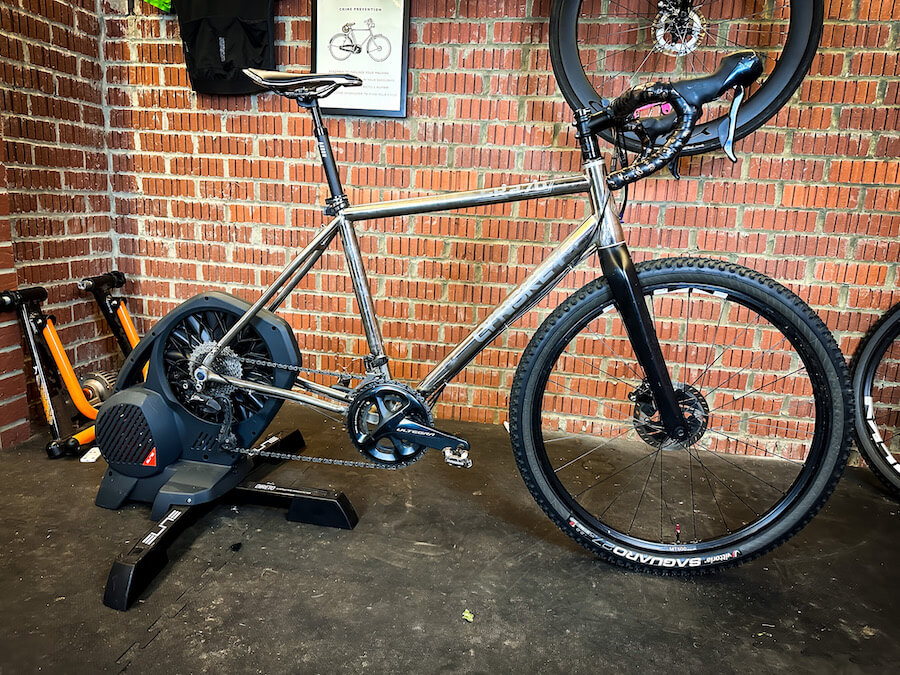
How to attach your bike safely on the Turbo Trainer
The first thing you’re going to need to do is get the
Step One: A clean bike is a happy bike
The first thing you need to consider before seeing a turbo trainer is having a clean
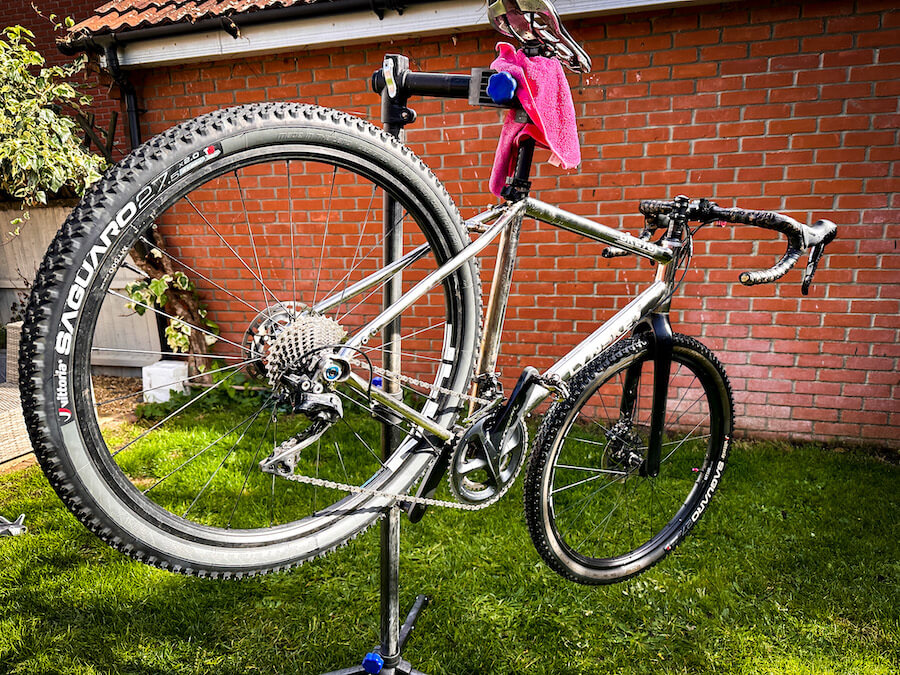
Step Two: Prepare the Turbo Trainer
Now it’s time to prepare your turbo trainer. Ensure that you are on a nice flat surface and that the
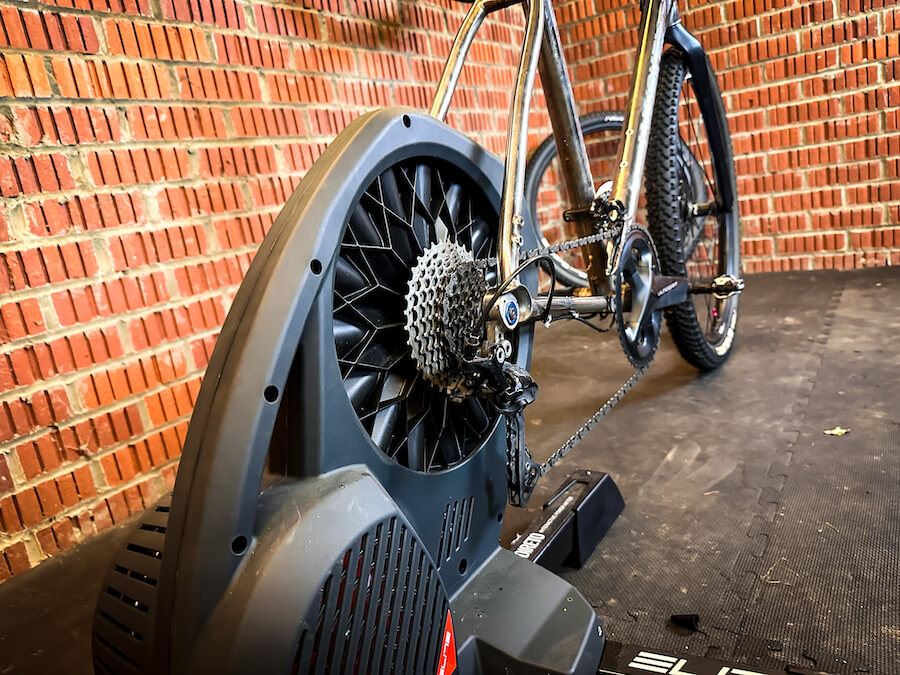
Step Three: Attach the bike
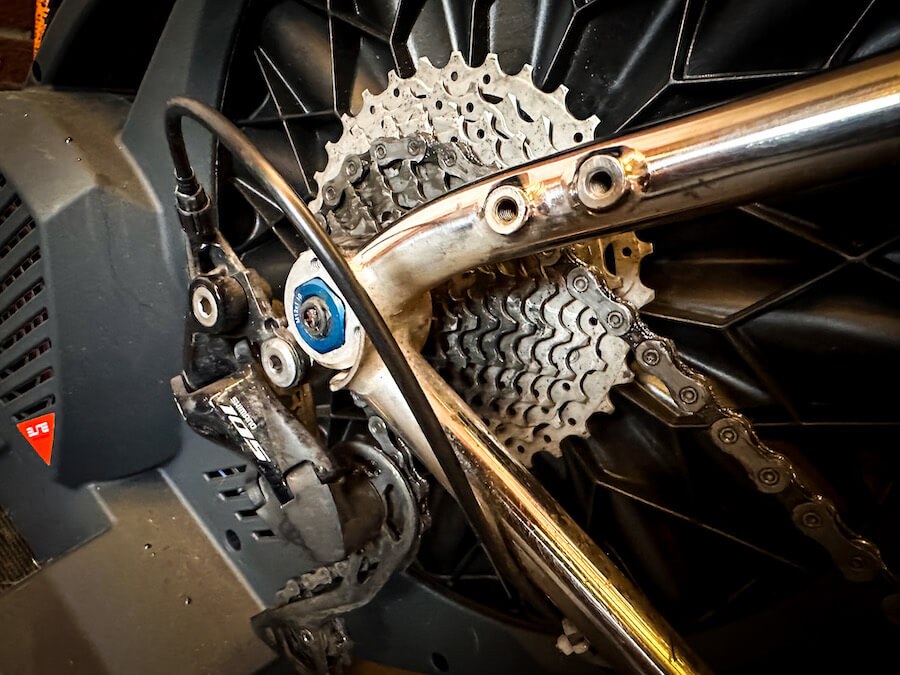
Step Four: Testing
Now it’s time to give the training setup a test. Jump on the
Our Top Tips for keeping you bike Safe on the Turbo Trainer
Next, we’ll speak about everything you need to do to keep your
Don’t move the bike with the trainer on
Bikes, especially ones made of carbon fiber, are incredibly strong but only in places they need to be. Naturally, these bikes are designed to be used on the road and on a turbo trainer, but they are not designed to be moved around like this. Many people who set up their trainers put them in a place that is often used. It could be your living room, bedroom, garage, or even kitchen.
When it needs to be moved out of the way, it’s easy just to drag it, but this is terrible for the
Keep Sweat Away
Sweat is your biggest enemy when it comes to the turbo trainer, and if not kept at bay can cause you some serious issues. Riding outdoors means that the sweat dries quicker, meaning less goes on the
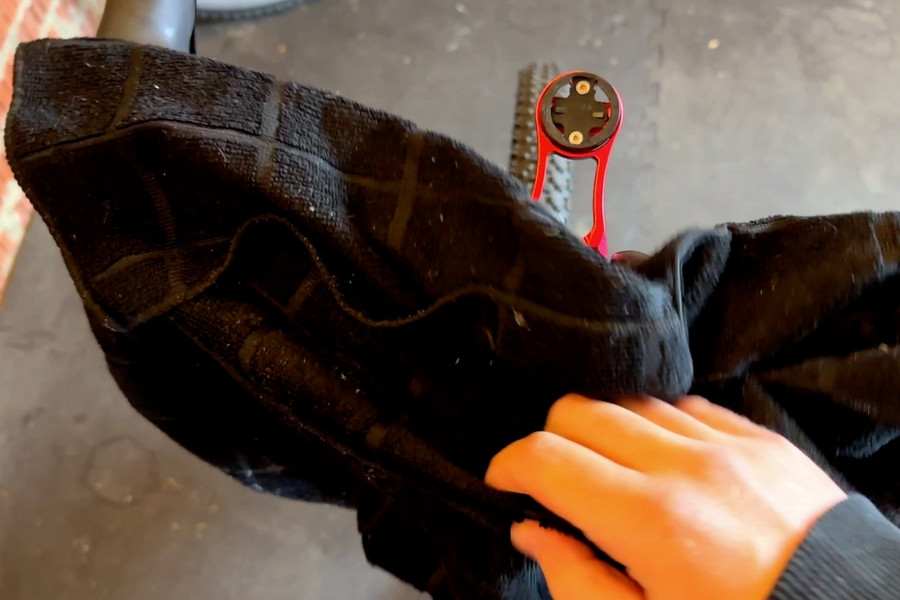
We highly recommend using a sweat catcher and a towel when you are training. Depending on how much you train indoors, you will also want to take the
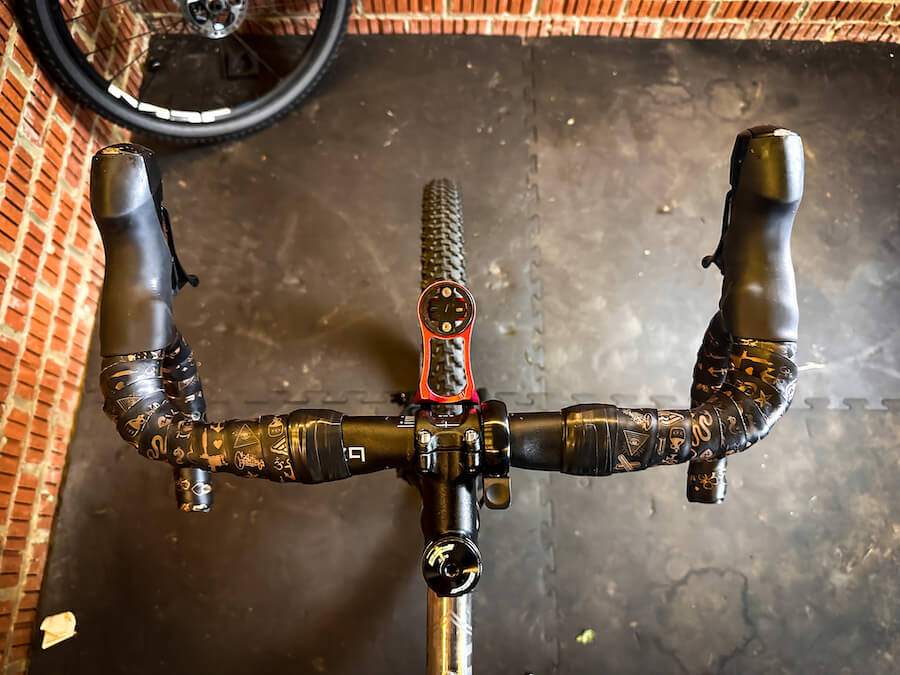
Look after your Wheels and Tires
When using a turbo trainer, you must ensure your wheel and tires are well looked after. On a wheel on a trainer, you should use a turbo trainer tire and ensure the tension and the tire’s PSI level are correct.
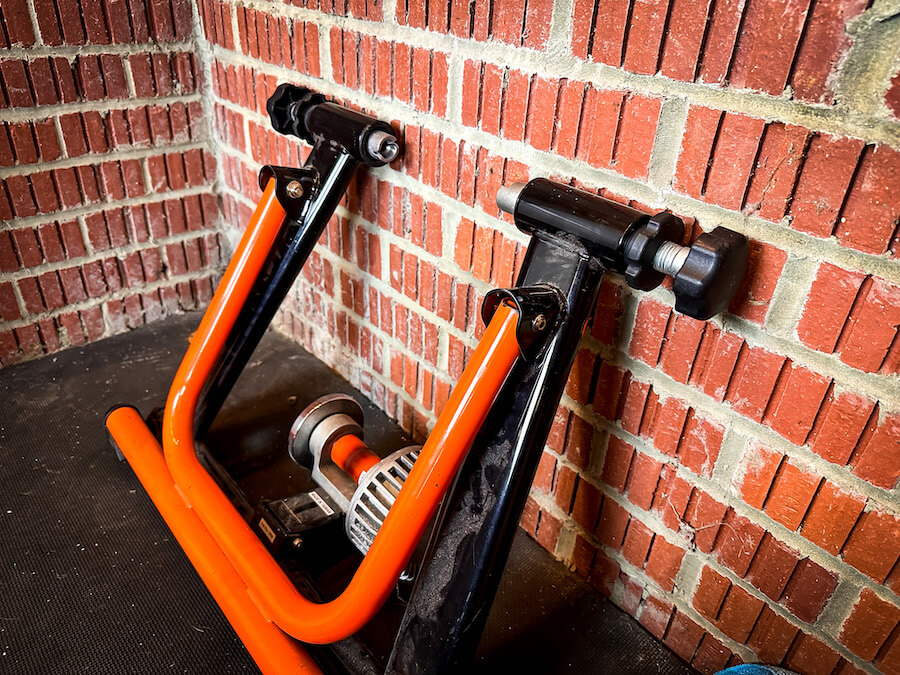
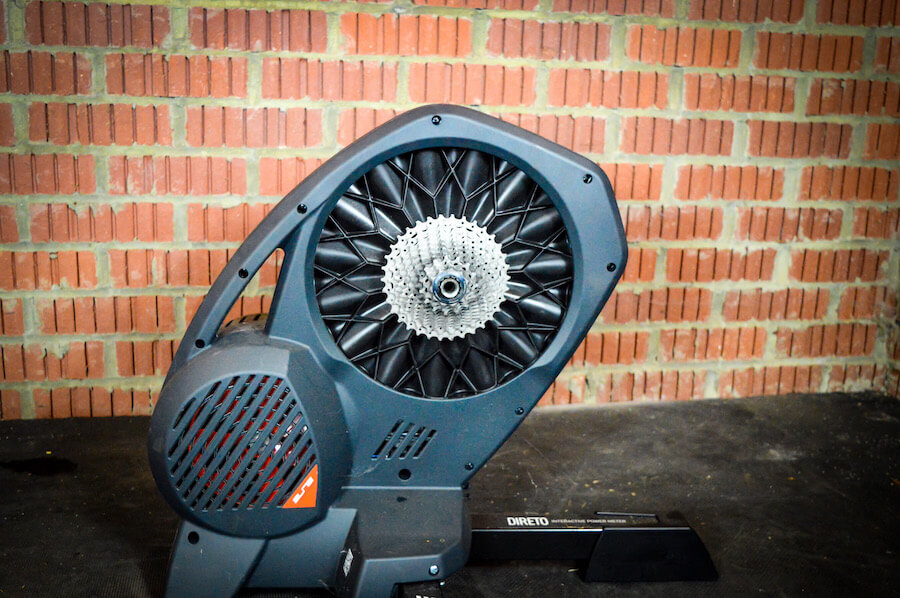
On the direct drive trainer and wheel-on trainer, you will want to rotate the front wheel every so often to ensure you don’t get a misshapen tire or put uneven pressure on one part of the wheel for too long. Also, keep an eye on the PSI on the tire, so you don’t end up banging the rim in those super sprints.
Don’t go Silly
When you watch people in Zwift Races online, you see them at the final sprint going crazy. They are pulling the
Many companies state in their manuals if you use the
Check for Wear
Although when you train inside on a turbo trainer, you typically avoid wear on your wheels, tires, and other places on the
We highly recommend using a chain checker regularly and switching to different gears to ensure even wear and that you stay on top of the components. If your gears ever slip or you find the
Lubrication
Turbo trainers get through lubrication very quickly for some reason. We recommend staying on top of this at all times. This helps give you free wattage and keeps the bike quiet and the chain protected from as much wear as possible. It is one of the most essential maintenance tasks for a bike trainer.
The best lubes to use are a dry lube and ensure after application that you clean it off the slides of the chain to ensure that none gets on the turbo, as this can cause belt issues if it gets inside.

Conclusion
Following these simple steps will ensure that your
FAQs
Can you leave a bike in a Turbo Trainer?
You can leave your bike in a turbo trainer, and it shouldn’t cause any harm. We don’t recommend moving the bike when attached to the trainer and instead removing the bike for transport. Also, if you are training on it regularly, take it off and clean it every so often.
Do Turbo Trainers damage carbon bikes?
They can if you don’t use the trainer properly or don’t have the bike installed properly. We recommend checking with the manufacturer before installing your bike for advice on how to do so.
Is cycling on a Turbo Trainer good for you?
Yes, it’s a great way to challenge the cardiovascular system with structured training and also a great way to stay in shape when the weather is bad.

